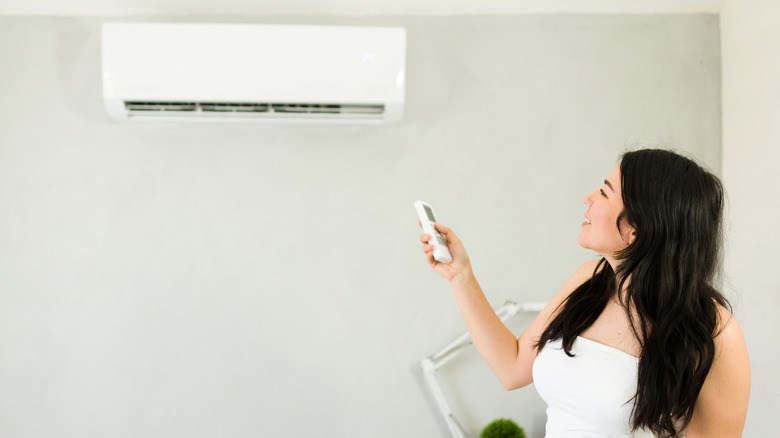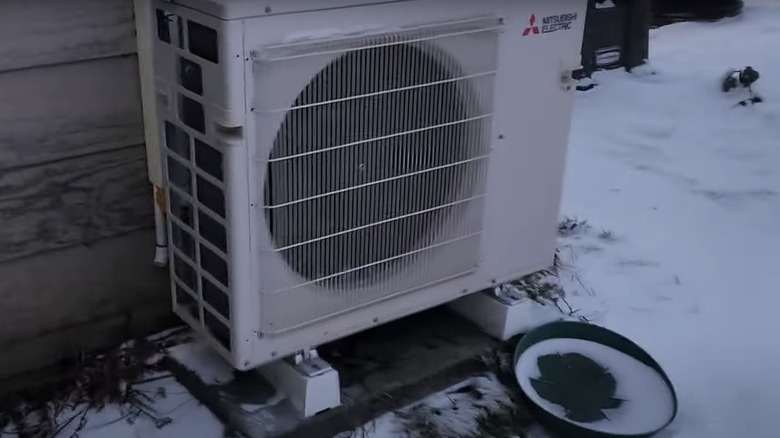The Disadvantages Of Mini-Split Systems You Should Know Before Buying
If you want to add an air conditioning system to your home without having to install ducts inside your walls and ceilings, you've probably considered a mini-split system. The mini-split air conditioner is a combined heating and cooling system that can provide conditioned air to your home. This type of system comprises one or several indoor units (evaporators) and an outdoor unit (the condenser); these connect through a small hole in the wall, a configuration that makes mini-split systems easy to install. Because they run on electricity and pose no risk of carbon monoxide poisoning or gas leaks, mini-split air conditioners are safer than traditional furnaces.
At this point, mini-split systems might sound so good that you may be wondering why anyone would install another conditioning system type. However, mini splits aren't perfect for every homeowner. They have some disadvantages that are important to understand before you decide to install one, including high initial costs, poor aesthetics, and an inability to operate well in extreme cold.
However, one of the biggest disadvantages of a mini-split system is longevity. Your furnace can last up to 20 years when you go with a traditional model, while a central air conditioning unit can last 10 to 30 years. Meanwhile, mini-split systems generally have a service life of about 15 years. This means you may need to bear the expense of replacing a mini-split system earlier than if you had traditional heating and cooling system hardware. Learn more about the other primary disadvantages that you may have with a mini-split system.
Primary downsides to installing a mini-split heating and cooling system in your home
Aesthetics can be a major disadvantage of installing a mini-split system. You have to hang the interior unit on the wall, which might look out of place in a formal dining room or may limit the positioning of furniture and decor in the room. Some people dislike the look of the evaporator units so much that they try to hide them inside a bookcase or attempt to make them look like a vintage radiator. If you're especially worried about aesthetics, consider a ceiling- or floor-mounted unit.
The initial cost of the installation can be challenging because you almost certainly will need more than one evaporator unit. If you have a closed floor plan in your home, you often can't get by with one or two units. The number of zones that you need to heat and cool will determine the overall cost, which could be as much as $6,000 per zone. Purchasing and installing evaporators for every room will drive up your long-term maintenance costs for the units, too.
As a final disadvantage, mini-split systems may not be suitable to operate in areas with significant temperature fluctuations. The mini-split often struggle to maintain the desired temperature during winter, when the heating component is in use. The exterior condeser unit can accumulate frost and ice when you run it in cold weather. If the unit's defrost mode can't eliminate the frost, the unit could freeze up and stop working.

